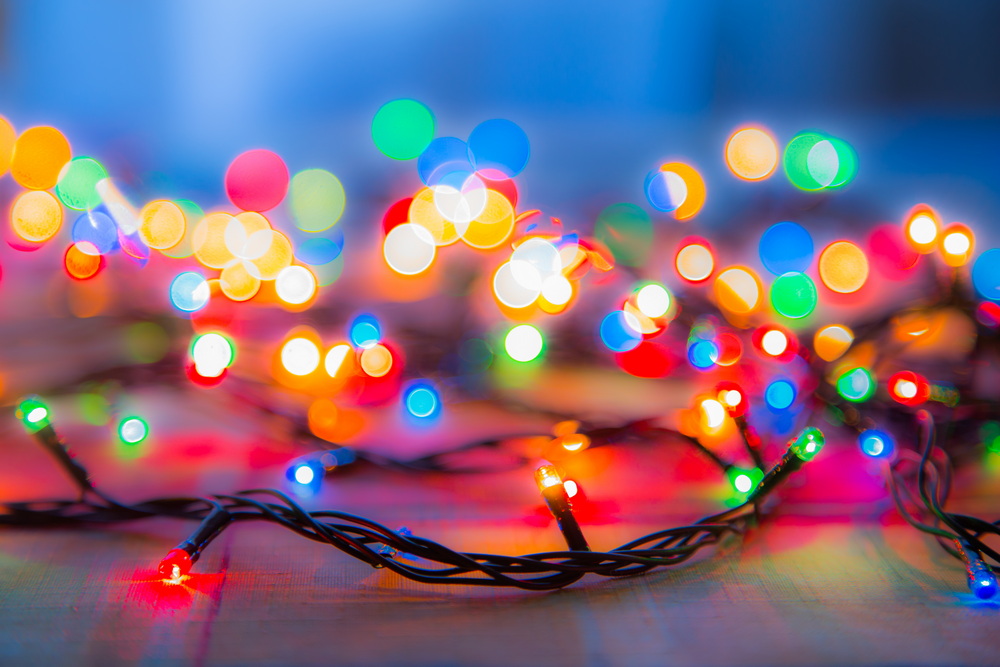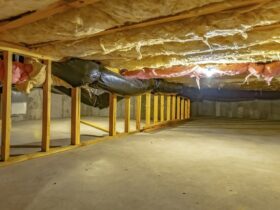While the Japandi decor trend is rising in popularity right now, it is not applicable to your holiday season design choices when it comes to LED Christmas lights. Mixing and matching strings of LED lights might sound as if it is a good idea, but it could potentially cause big problems if you are not careful.
As a general rule, you should not mix and match LED Christmas light strings from different manufacturers, specifications, or designs so as to prevent a possible short circuit and other potential fire hazards.
Let us explore what could possibly happen when you try to connect different makes and types of LED Christmas lights, or indeed if you connect incandescent and LED light strings together.
What Happens If I Mix and Match LED Christmas Lights?
How Do LED Christmas Lights Work?
LED Christmas lights work by releasing energy that the human eye perceives as light. A light-emitting diode (LED) or positive-negative junction is created when two semiconductors exchange positive and negative charges, which release energy as a photon. The photon created when positive electrons and negative electron holes collide is that which produces light in an LED bulb.
LED lightbulbs are available in different designs, sizes, wattages, and current ratings that are not always compatible. LED manufacturers use different materials to produce lightbulbs that have varying ingress protection (IP) ratings. Connecting a waterproof LED string with one that is for indoor use only, for example, and then installing them outdoors, may cause water damage or a short circuit.
LED light strings made of different materials differ in quality. Poorly manufactured light strings may burn out quickly, for example, causing a stronger current to flow in the remaining high-quality string. This might also lead to a short circuit and fire hazards.
Can I Connect Incandescent and LED Christmas Lights in The Same Circuit?
It is not recommended to connect incandescent and LED Christmas lights in the same circuit because incandescent lightbulbs burn out much faster than LED bulbs. When one incandescent bulb blows a fuse, the circuit is broken, and current cannot flow, which would cause both strings to go dark.
How Do Incandescent Christmas Lights Work?
Incandescent Christmas lights work by conducting an electrical current over a fine filament through a closed circuit. The filament gets hotter and brighter when the electricity reaches it, and it is this that produces the light.
A short circuit occurs when the circuit has broken. The filament and the fuse protecting it become too hot, and they:
- burn out
- melt
- blow out.
How Are LED Christmas Lights Different from Incandescent Lights?
Unlike incandescent Christmas lights, LED lights will continue to conduct current even if one or more bulbs burn out.
LED lights are steadily phasing out incandescent light strings for these reasons:
- Light-emitting diodes are much smaller than incandescent filaments
- LED lightbulbs are more energy-efficient
- LED bulbs emit less heat than incandescent bulbs
- LED light strings last between 25 and 30 times longer than incandescent light strings.
Final Thoughts
If you are looking to mix and match LED Christmas lights, please make sure that they are of identical design, current rating, and specifications.
Regularly inspect your LED light strings before, during, and after installation so as to prevent accidents, water damage, and other potential fire hazards.
The team at wholesale christmas light supplier Certified Lights has over 15 years of experience installing, maintaining, and repairing LED light fixtures and accessories. They will make sure your holiday season is brightened with a unique and memorable Christmas display.






